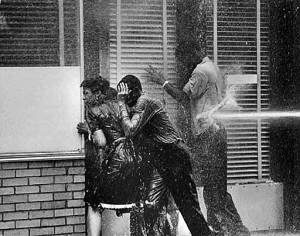Jazz originated long ago in a soulful look inward, as an outward expression of anxiety, isolation, pain, suffering, and seeking calm, a release, in blue and bent notes, in clubs at night, with instruments that gave flight to the spirit, pushing back against the offending spaces that were America, in obeisance to jazz’s melodic musical parentage – the blues and ragtime.
Jazz is free, smooth, wobbly, looped, and loved.
It’s Duke Ellington perfect, distinctive, improvised, unique, revealing, harmonic, healing, binding one who can hear and feel to the sound of beat, bass, brass and a Miles Davis’ trumpet.
The heart strikes with its rhythm, breaths inspire and conspire with its cadence, the foot taps, to this easy swaying sound.
It should be the music of our divided day – as it suits the times – and its musical themes are those we should all share and many do.
Of course, there are others who resist the message of jazz, of collective inclusion, of diversity, recoiling even at the soft brush on a cymbal or a snare drum.
Is the beauty of jazz inaccessible to some because it was first the song of slaves?
Louie Armstrong once sang, “My only skin is my skin. What did I do to be so black and blue?”
Billie Holiday sang a song in later years how “southern trees bear strange fruit, blood on the leaves and blood at the root, black bodies swinging in the southern breeze.”
Benny Goodman, who was white, resisted the notion that an all-white band could make jazz and added vibraphonist Lionel Hampton to his ensemble.
Charles Mingus, crafted a song, the “fables of faubus,” and he sang, “Oh, Lord, don’t let ‘em shoot us! … Oh, Lord no more swastikas! Oh, Lord, no more Klu Klux Klan!” Continue reading


